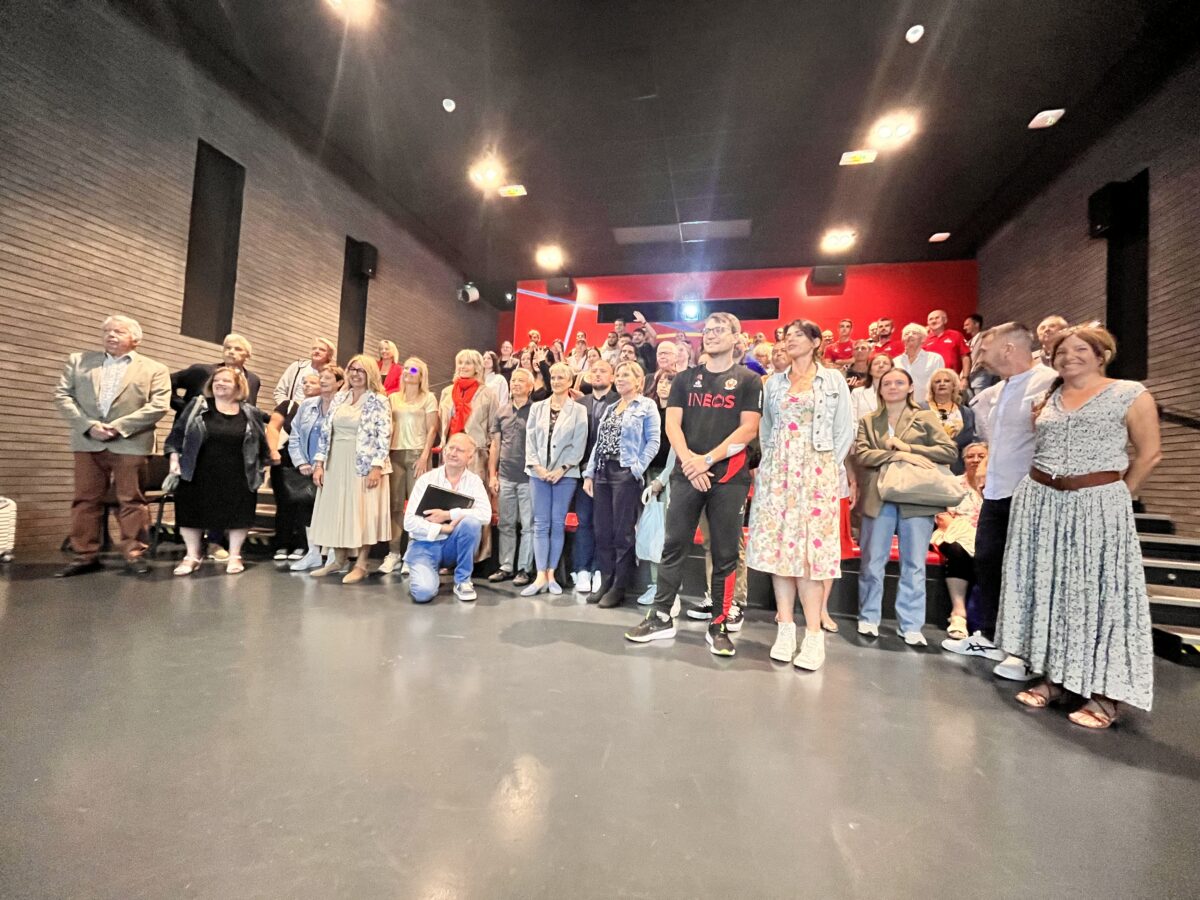This Thursday marked the second sports morning event. This time, the focus was on the relationship between diabetes and sports.
At dawn, several specialists and researchers gathered at the National Sports Museum. Sports health associations were also present. The first part of the morning was dedicated to understanding the disease. The difference between type 1 and type 2 diabetes is that the former involves insulin dependency, while the latter is related to people’s lifestyle and also to aging. However, young people are not spared, and some are affected very young. Then, emphasis was placed on the recommendations for disease prevention. These included well-known nutritional advice, such as reducing sodas and alcohol consumption. For maintaining good health, it’s recommended to prioritize slow-digesting carbohydrates, fish, and of course, poultry.
Sport at the Heart of Therapy
For people with diabetes, it is recommended to engage in regular physical activity. Audrey Charles, a teacher of adapted physical activity at the Nice University Hospital (CHU), highlighted the benefits of adapted but also daily physical activity. In practice, for a person to be physically well, they should engage in 30 minutes of physical activity so that the body secretes certain hormones beneficial to patients.
For those familiar with it or otherwise, diabetics measure their blood sugar levels before, during, and after physical effort to better understand their bodies. Outside of the CHU, the Alpes-Maritimes has nine health and sports centers offering sports activities tailored for individuals with diabetes. This allows for treating the disease without medication.
The Professional World is Also Involved
To discuss professionals in sports and diabetes, the doctor of OGC Nice, Vivien Layet, was present. He revealed that during the final lost against Nantes in the French Cup, two out of the 11 starting players had type 1 diabetes. This is the most common type of diabetes among professionals. To monitor blood sugar levels in real-time, sensors are placed on the players’ upper thighs. This allows for immediate action if a player experiences hypoglycemia. For the treatment to be authorized, clubs must request permissions from the World Anti-Doping Agency. Thus, high-level sports and diabetes are compatible.


